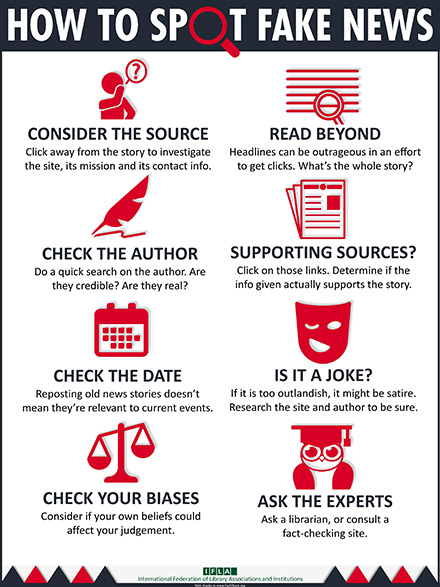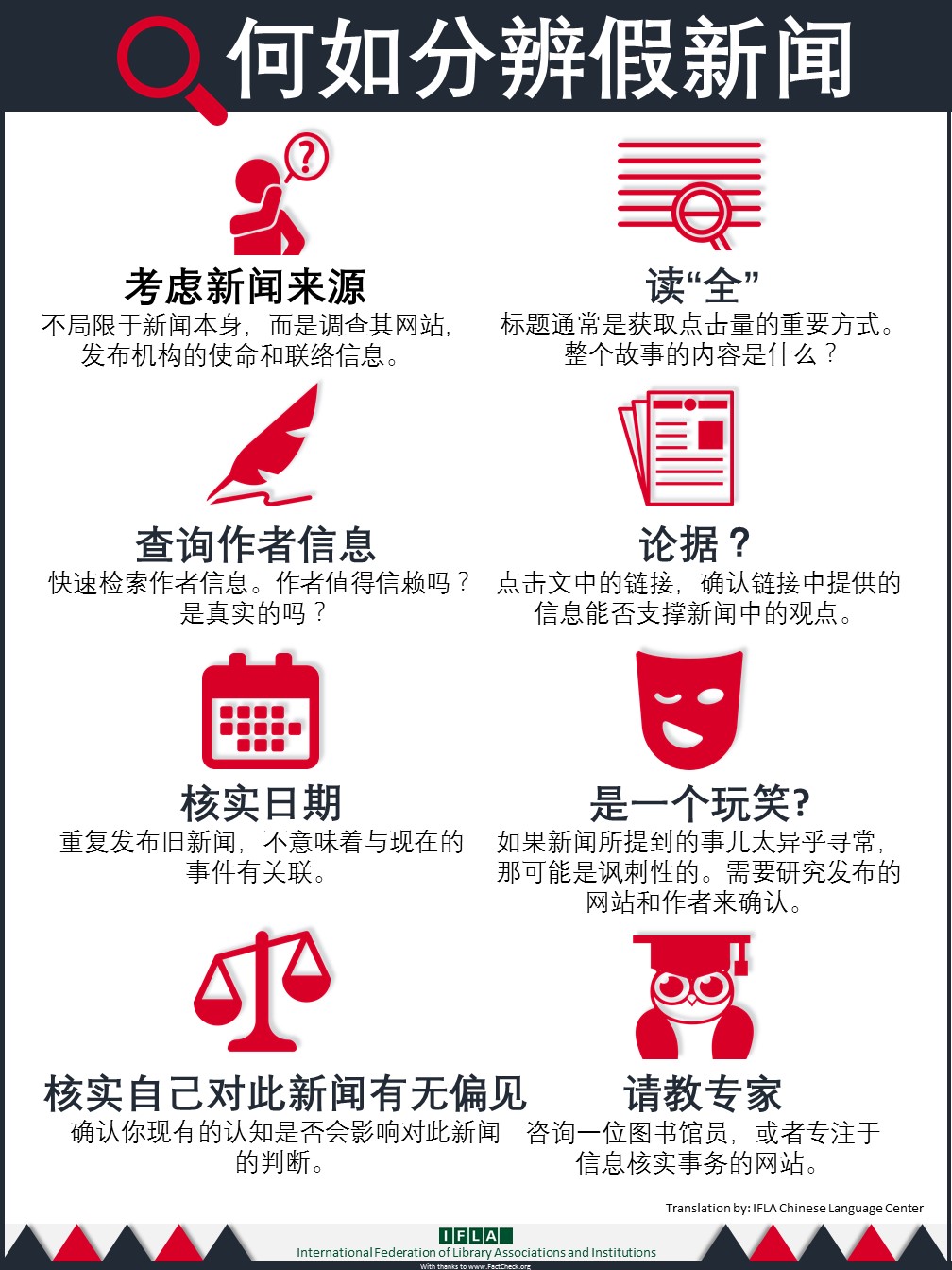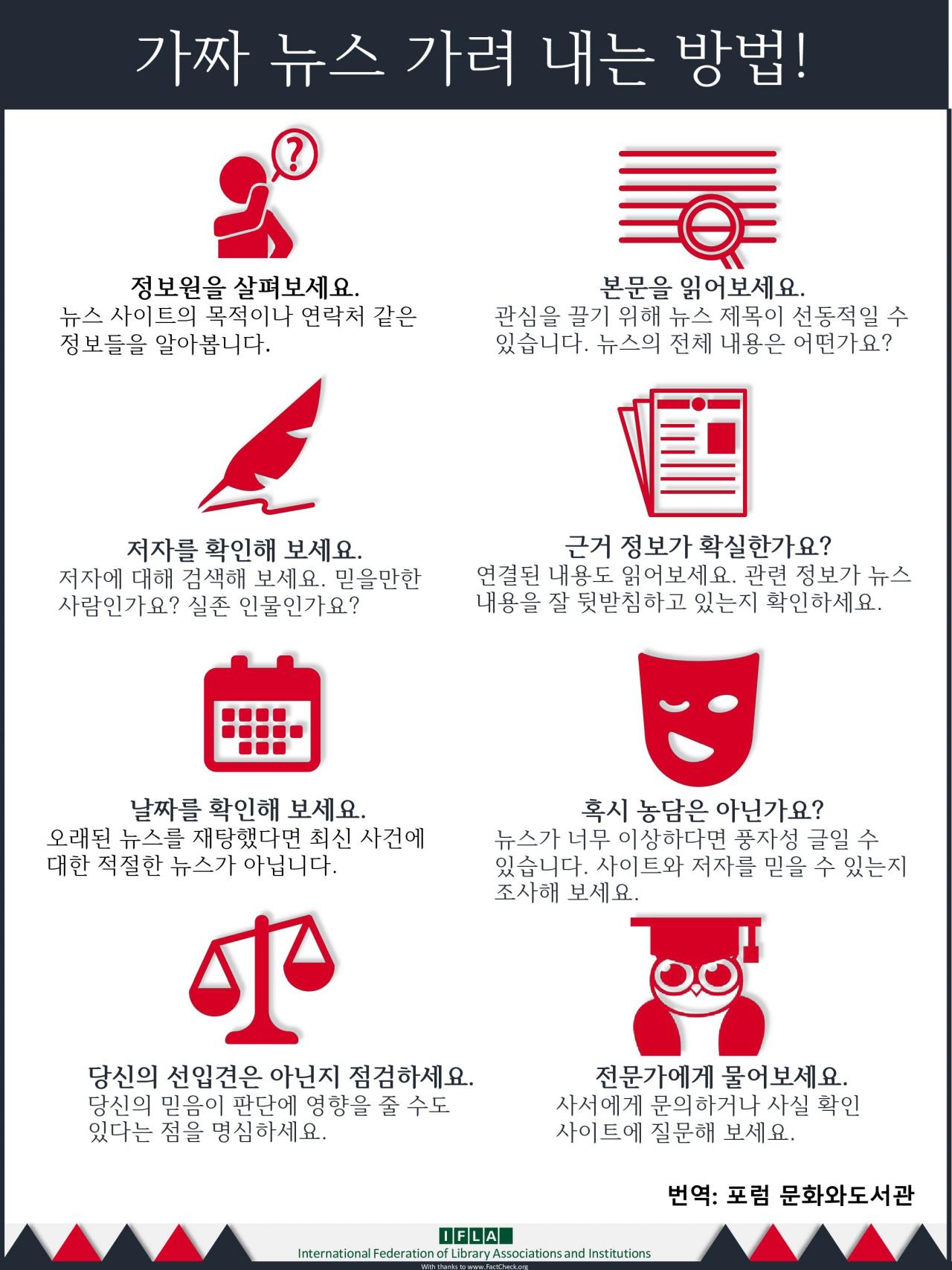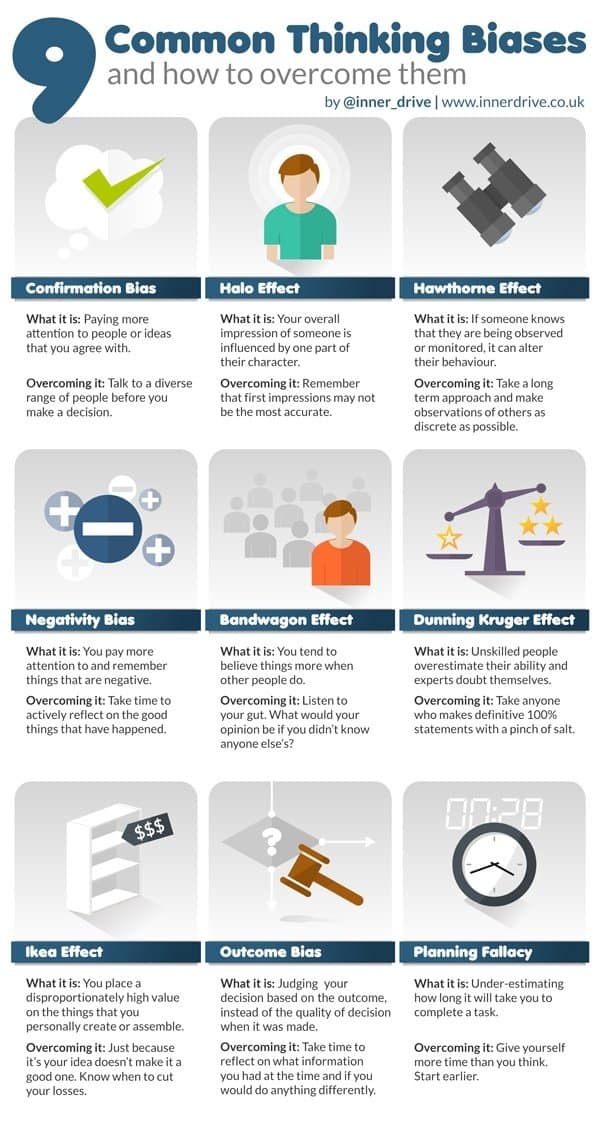






Fact Checker Sites
Sometimes bias is good, because you want to provide both sides of an issue. But there are facts and then there are lies

Common Sense Media
5 Ways to Spot Fake News
TED Talk: How to Choose Your News
Analysis of Resources: Origin Purpose Value Limitations

OPVL is an effective tool to analyze primary and secondary source documents.
|
Origin |
Origin is where the source comes from.
|
|
Purpose |
Purpose is where you have to put yourself in the author or artist's shoes. The purpose should relate to the origin of the source.
|
|
Value |
Value is how valuable this source is. Basically it's linked to the amount of bias in the source: the more bias = the less valuable (usually). Primary sources are obviously more valuable than secondary/tertiary ones.
|
|
Limitations |
Limitations is also linked to bias, each source will be at least a little biased and thus they are limited by that. Do not state bias alone as a limitation. All sources have bias.
|
Thank you to Florida International University!
The following grid can help you understand OPVL by various types of sources
|
Type of Document |
Origin |
Purpose |
Value |
Limitation |
|
Diary |
Primary, by author for author, rarely published |
To keep memories for later (sometimes with eye to publication) |
Eyewitness to event and usually written immediately or shortly after occurred, rarely lies to oneself |
Only one person’s view, there will be perspective issues, may be intended for publication therefore can even lie to oneself |
|
Reminiscence |
Primary, by author or interviewee |
To offer an eyewitnesses’ perspective on an event |
Eyewitness |
Length of time between events and recollection can lead to loss of info, or changing of story, always perspective issues to be considered |
|
Monograph |
Usually by expert (often academic historian) |
To educate colleagues, students, and the public (can be for monetary gain or promotion file) |
Usually many years of primary research in archives and thorough knowledge of secondary works on topic |
Always perspective issues, usually not an eyewitness, can err deliberately or accidently, not vey useful for quick overview since it will contain many pages of extraneous issues |
|
General Text |
Secondary, usually done by a panel of experts on country or topic |
To educate students |
Offers quick overview for student seeking quick information |
Usually NOT an expert on every topic in text so there may be gaps and errors, may be too brief |
|
Cartoon |
Primary, done by artist for public at that time |
To educate, entertain, and often to sell newspapers or magazines |
Offer at least one person’s perspective on issue of the time, event |
Don’t know how widespread it is, often exaggeration is used for comic effect |
|
Speech |
Primary |
For public usually |
Offers official view of speaker, it is what audience hears |
May not be real views of the speaker, speeches are designed to sway opinion |
|
Internal Memo |
Primary |
For internal examination amongst officials or government departments |
Usually do not lie, so it is official view (as a speech) but private thoughts are often given too |
Do not know what outsiders know, only what officials are saying to each other, may be fabricated |
Thank you to Florida International University!
